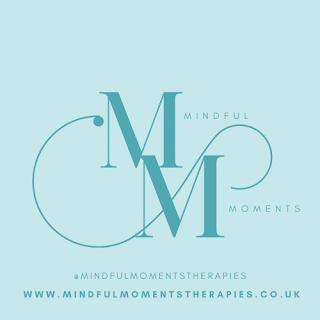Leaning how to cope with stress. A self help guide.
Stress can manifest itself in many ways, and it's important to recognise the symptoms before it takes a toll on your social life and wellbeing. Here are a few things to keep in mind:
Recognise the symptoms - Stress can manifest in many ways, including physical symptoms like headaches, stomach aches, insomnia, and exhaustion. It can also cause emotional symptoms like anxiety, irritability, and depression. Recognize the symptoms early on to avoid further damage.
Understand how stress affects the body - Stress can cause the body to produce cortisol, the stress hormone, which can raise blood pressure, lower immunity, and cause inflammation. Over time, this can lead to more chronic health problems like heart disease, diabetes, and obesity.
Understand how stress can limit your social life - Stress can make it difficult for you to socialise and connect with other people. You may feel irritable, tired, and withdrawn, which can make it difficult to engage with others.
Resolutions to stress - Stress can be resolved by learning techniques for stress management such as exercise, mindfulness, relaxation, and psychotherapy.
Tips to overcome stress - If you're struggling with stress, here are a few tips to help you regain your balance:
Practice self-care: This includes getting enough sleep, eating a healthy diet, and engaging in regular exercise.
Practice mindfulness: Mindfulness is a powerful stress-reducing technique. Try meditation, yoga, or deep breathing exercises to help you focus and stay calm.
Get support: Reach out to family and friends, or seek professional help if you need it. Don't be afraid to ask for help when you need it. Set priorities: Identify the top priorities in your life and focus on them. Let go of the things that add unnecessary stress to your life.
Remember, stress is a normal part of life, but it's important to take steps to manage it before it takes a toll on your health and well-being. By recognising the symptoms and taking steps to manage your stress, you can lead a healthier, more balanced life.
Breathing is one of the most powerful tools we have to soothe anxiety and bring our bodies back into the parasympathetic system. In ancient cultures, breathwork has been used for thousands of years to bring harmony and healing to the mind, body, and soul. Here are a few tips on how to use breathwork to soothe anxiety:
Practice deep breathing: Deep breathing involves taking slow, long breaths, focusing on the movement of your diaphragm. Focus on your breath filling your chest, then your stomach, then exhaling slowly in reverse. This helps to calm your nervous system.
Use the 4-7-8 breath: This breathwork involves inhaling for 4 counts, holding for 7 counts, and exhaling for 8 counts. Repeat several times to calm down. Try alternate nostril breathing: This breathwork is done by closing off one nostril, inhaling slowly through the other, and then exhaling through the other nostril, alternating back and forth. This breathwork helps to balance the right and left sides of the brain, calming the mind.
Practice grounding breathwork: This technique involves imagining your breath traveling down through your body and into the ground, connecting yourself to the earth. This breathwork can help you feel more stable and grounded, reducing anxiety and stress.
Breathwork can be a powerful tool for bringing harmony and healing into the mind, body, and soul. By learning to regulate your breath, you can learn to regulate your thoughts, feelings, and emotions, bringing balance and peace to your life.
Breathing deeply into the self is a powerful tool for finding balance and inner peace. Here is a simple breathing exercise you can do to help bring yourself back into balance: Find a quiet place to sit or lie down where you won't be disturbed. Close your eyes and begin to breathe deeply, feeling the breath filling your lungs and expanding your chest.
As you inhale, imagine you are breathing in the breath of balance, visualising a bright light or the colour blue. As you exhale, imagine breathing out the breath of stress and imbalance, visualising a dark cloud or the colour red leaving your body. Continue to breathe in this way for several minutes, focusing on the feeling of balance and peace within you.
Remember to breathe at a comfortable pace, focusing on the depth and rhythm of your breath. This breathing exercise can be done anytime, anywhere, and can help you find calm and balance in the midst of stress and chaos.
If feel you would like support, and you feel therapy may be the answer. I offer 15 minute free insight calls, for you to have the chance to discover how therapy might support you. Visit my website for more information.
www.mindfulmomentstherapies.co.uk
Or email
enquiries@ mindfulmomentstherapies.co.uk




Comments
Post a Comment